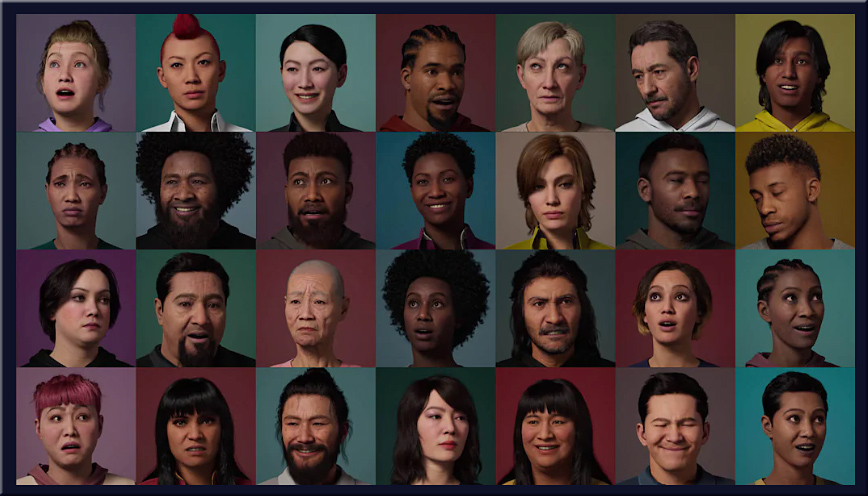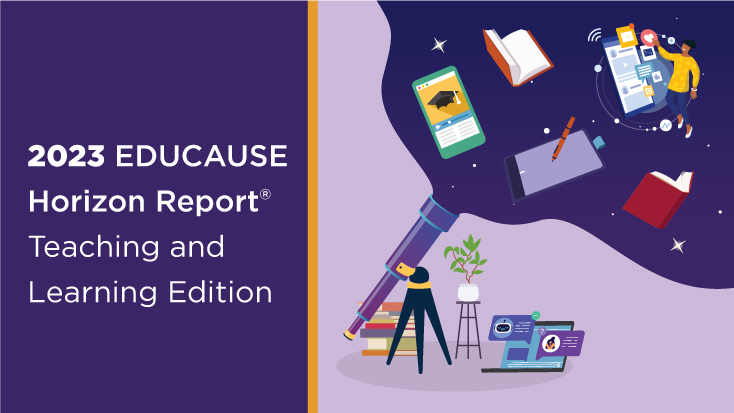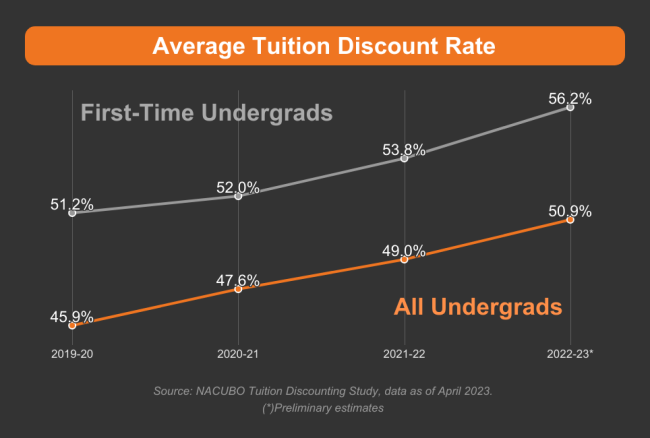I’m a Student. You Have No Idea How Much We’re Using ChatGPT. — from chronicle.com by
Excerpt:
There’s a remarkable disconnect between how professors and administrators think students use generative AI on written work and how we actually use it. Many assume that if an essay is written with the help of ChatGPT, there will be some sort of evidence — it will have a distinctive “voice,” it won’t make very complex arguments, or it will be written in a way that AI-detection programs will pick up on. Those are dangerous misconceptions. In reality, it’s very easy to use AI to do the lion’s share of the thinking while still submitting work that looks like your own.
The common fear among teachers is that AI is actually writing our essays for us, but that isn’t what happens. You can hand ChatGPT a prompt and ask it for a finished product, but you’ll probably get an essay with a very general claim, middle-school-level sentence structure, and half as many words as you wanted. The more effective, and increasingly popular, strategy is to have the AI walk you through the writing process step by step.
.
From DSC:
The idea of personalized storytelling is highly intriguing to me. If you write a story for someone with their name and character in it, they will likely be even more engaged with the story/content. Our daughter recently did this with a substitute teacher, who she really wanted to thank before she left (for another assignment at another school). I thought it was very creative of her.
How Your Students are Using AI — from drphilippahardman.substack.com by Dr. Philippa Hardman
Excerpts:
Here’s are the five biggest lessons we’ve learned:
Curricular Resources about AI for Teaching (CRAFT) — from craft.stanford.edu
A project from the Stanford Graduate School of Education
Excerpt:
We’re building resources to teach AI literacies for high school and college instructors and assembling them into a full curriculum that will be deployed in a course with the National Educational Equity Lab offered in Fall 2023.
.
AI video is getting insanely powerful.
Soon, you’ll be able to create a Hollywood-grade movie from your pocket.
Here’s the most breathtaking AI-generated videos I’ve seen:
— The AI Solopreneur (@aisolopreneur) May 11, 2023
ChatGPT has changed the world.
It does lack in some areas, but my favorite use case is leveraging it to teach me things twice as fast.
Here are the 10 best prompts to learn anything faster:
— Rowan Cheung (@rowancheung) May 11, 2023
Why I’m Excited About ChatGPT — from insidehighered.com by Jennie Young
Here are 10 ways ChatGPT will be a boon to first-year writing instruction, Jennie Young writes.
Excerpt:
But from my perspective as a first-year writing program director, I’m excited about how this emerging technology will help students from all kinds of educational backgrounds learn and focus on higher-order thinking skills faster. Here are 10 reasons I’m excited about ChatGPT.
? stfu and take my money
This is the most impressive campaign I’ve seen from a mega brand so far using AI & StableDiffusion.
Would love a breakdown of how this was all done.
— Linus (???) (@LinusEkenstam) May 12, 2023
edX Debuts Two AI-Powered Learning Assistants Built on ChatGPT — from press.edx.org; with thanks to Matthew Tower for this resource
edX plugin launches in ChatGPT plugin store to give users access to content and course discovery
edX Xpert delivers AI-powered learning and customer support within the edX platform
Excerpt:
LANHAM, Md. – May 12, 2023 – edX, a leading global online learning platform from 2U, Inc. (Nasdaq: TWOU), today announced the debut of two AI-powered innovations: the new edX plugin for ChatGPT and edX Xpert, an AI-powered learning assistant on the edX platform. Both tools leverage the technology of AI research and deployment company OpenAI to deliver real-time academic support and course discovery to help learners achieve their goals.
















